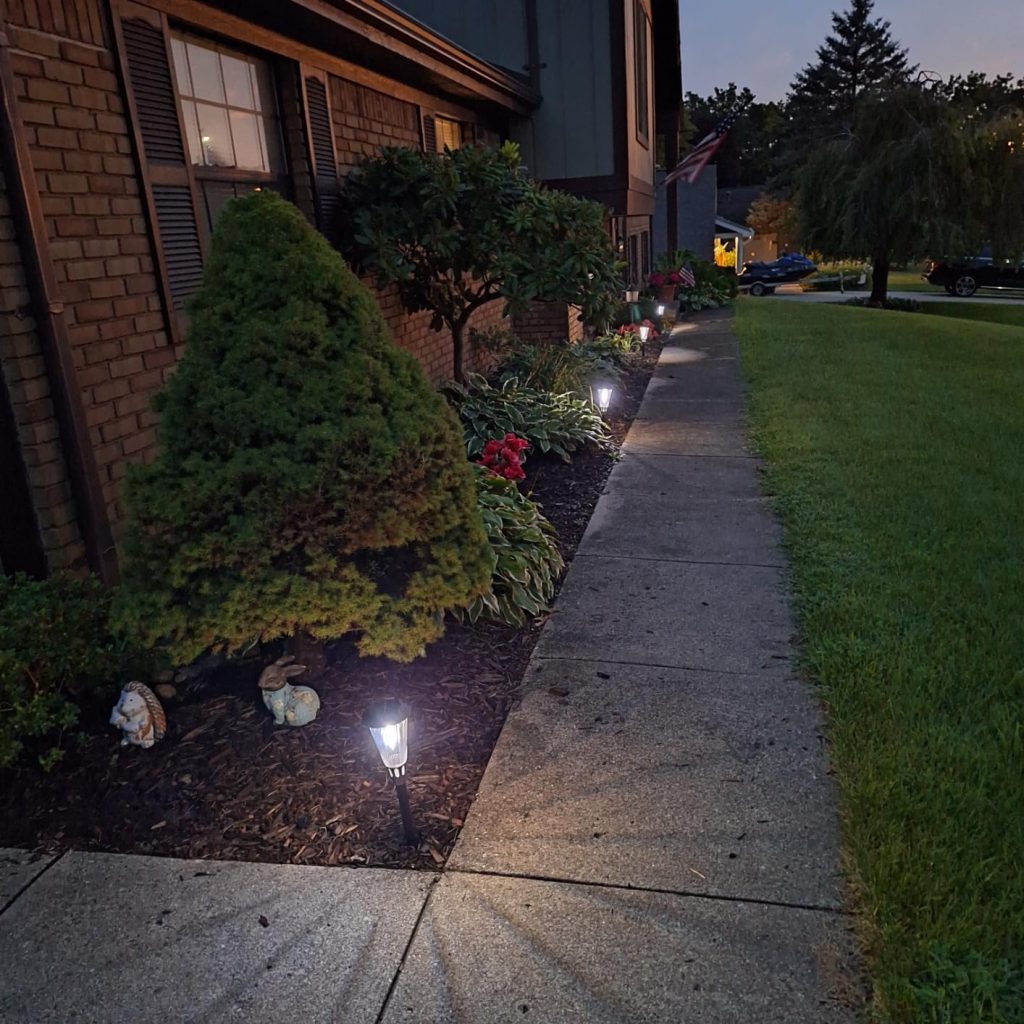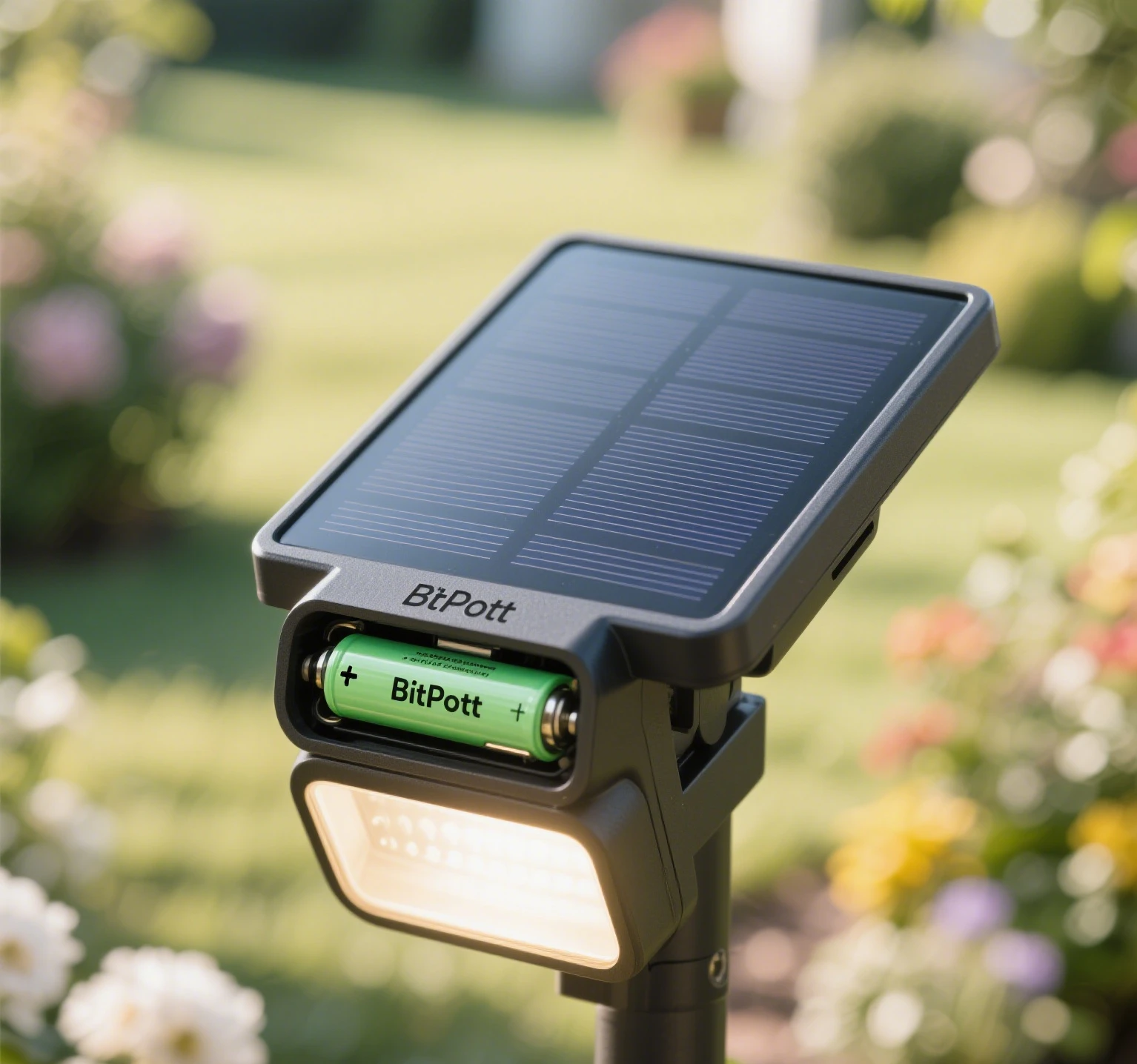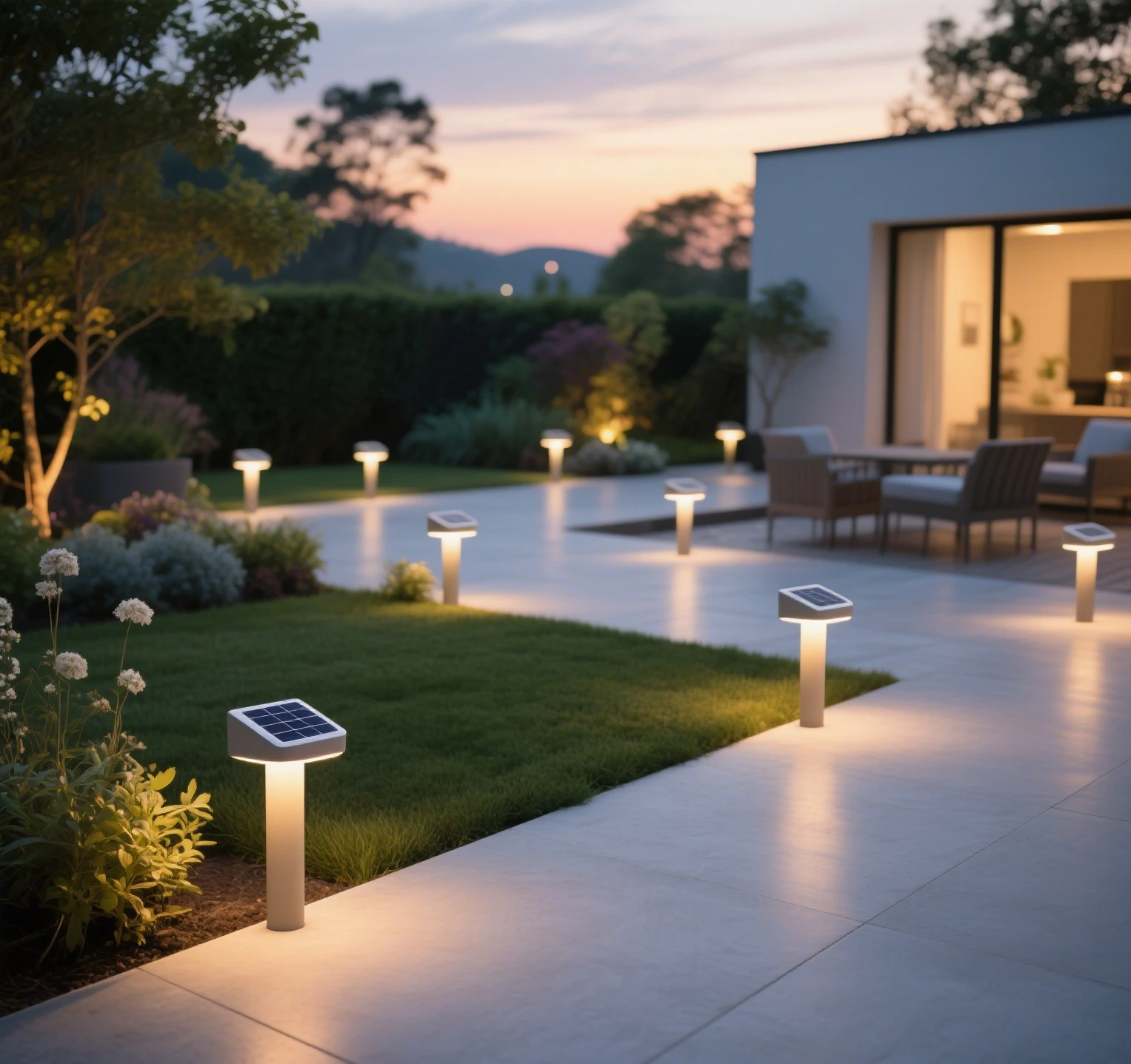In an era championing sustainability, LED solar lights have become a go-to solution for their energy efficiency, eco-friendliness, and ease of installation. From serene gardens to bustling streets, these lights shine bright. However, ensuring their reliability hinges on accurately calculating battery capacity and solar panel size—a process critical to performance, longevity, and cost-effectiveness. With countless complex formulas online, confusion abounds. Here, Bitpott, a trusted name in renewable energy, collaborates with industry expert Dr. Lee to share a straightforward, memorable method to simplify these calculations for everyone.

Step 1: Calculate Daily Energy Consumption
To make the process clear, let’s use a typical 10W LED streetlight operating 8 hours daily—a common setup in residential areas. This configuration balances warmth and efficiency, lighting pathways from dusk to midnight for safe nighttime travel.
Using the formula Energy Consumption = Power × Time, we calculate:
10W × 8 hours = 80 watt-hours (Wh) daily.
Here, watt-hours measure energy used, where 1 Wh equals 1 watt consumed over 1 hour. This 80 Wh represents the light’s daily energy need.
Step 2: Determine Battery Capacity
Battery capacity must account for real-world conditions, such as powering the light through cloudy or rainy days. We assume 3 consecutive rainy days as a practical benchmark, common in many regions where overcast weather can persist. This ensures uninterrupted lighting without frequent maintenance, especially in urban settings with accessible support, though remote areas may require longer reserves.
We base calculations on a 3.2V lithium battery system, widely used in Bitpott’s LED solar lights for its stability and high charge-discharge efficiency. A key factor is the coefficient—here, 2.2—derived from Bitpott’s rigorous testing of battery and light performance. This varies by manufacturer due to differences in components.
The formula is:
Battery Capacity = (Daily Consumption × Rainy Days) ÷ Coefficient.
Plugging in our values:
(80 Wh × 3 days) ÷ 2.2 = ~109 ampere-hours (Ah).
Ampere-hours measure battery capacity, indicating current delivered over time.
Since exact matches like 109 Ah are rare, select the next standard size—say, 120 Ah—from Bitpott’s range. This buffer accounts for real-world factors like temperature or battery aging, ensuring reliable performance without undercapacity risks.

Step 3: Calculate Solar Panel Power
Solar panel size depends on peak sun hours, the daily period when sunlight delivers maximum power per square meter. We use 4.5 peak sun hours, an average derived from meteorological data for a typical region. This varies globally—higher in sunny western areas, lower in cloudy coastal zones—reflecting local climate and geography.
The formula is:
Panel Power = (Daily Consumption ÷ Peak Sun Hours) × Coefficient.
Here, Bitpott applies a coefficient of 2.5, tailored to its high-efficiency panels. Calculating:
(80 Wh ÷ 4.5) × 2.5 = ~44.4 watts (W).
To counter efficiency losses—due to dust, shading, or panel aging over time—Bitpott recommends a 50W panel. This ensures sufficient charging even under suboptimal conditions, maintaining system stability.
Understanding Coefficients
Coefficients aren’t universal; they reflect a manufacturer’s product specifics, like panel efficiency or battery performance. Bitpott determines its coefficients—2.2 for batteries, 2.5 for panels—through extensive lab tests, analyzing components under varied conditions. This precision ensures calculations match real-world outcomes.
Less reputable brands may use generic coefficients, leading to underpowered systems prone to failure. Bitpott’s tailored approach guarantees reliability, as seen in projects like [fictional example: “Green Valley Park”], where our lights maintained flawless operation through a week of storms.
Coefficients also adjust for environmental factors. In hot climates, where panel efficiency drops (output falls ~0.5% per °C above 25°C), a higher panel coefficient compensates. In cold regions, battery capacity dips due to slower chemical reactions, necessitating a tweaked battery coefficient. Bitpott’s expertise ensures these nuances are addressed for optimal performance.
Putting It All Together
This method simplifies LED solar light calculations:
- Energy Needs: Multiply power (e.g., 10W) by hours (e.g., 8) for daily consumption (80 Wh).
- Battery Capacity: Factor in rainy days (3) and Bitpott’s coefficient (2.2) to get ~109 Ah, rounded to 120 Ah.
- Panel Size: Divide consumption by peak sun hours (4.5), apply coefficient (2.5), yielding ~44.4W, rounded to 50W.
Always consider local conditions—climate, shading, or maintenance access. Generic formulas fall short without these specifics. For complex projects or high-precision needs, consult experts like Bitpott’s team, who blend experience with data-driven insights to ensure flawless system design.
Conclusion
Mastering battery and panel calculations empowers you to deploy LED solar lights that shine reliably while saving costs and energy. Bitpott’s proven method, backed by expert precision, ensures your lights perform in any condition, from cozy gardens to vital infrastructure. For the best in sustainable illumination, trust Bitpott—lighting the way to a greener future.







Leave a Reply